If you’re aiming for a low-maintenance way to lighten your locks, you might be torn between balayage and highlights. The debate of “balayage vs. highlights” is a common one for those ready to refresh their hair color.
First, let’s tackle a frequently asked question: Yes, balayage and highlights are distinct techniques. This doesn’t mean one is superior to the other—it’s all about your personal preferences, hair goals, hair type, and patience level. There’s a lot to think about!
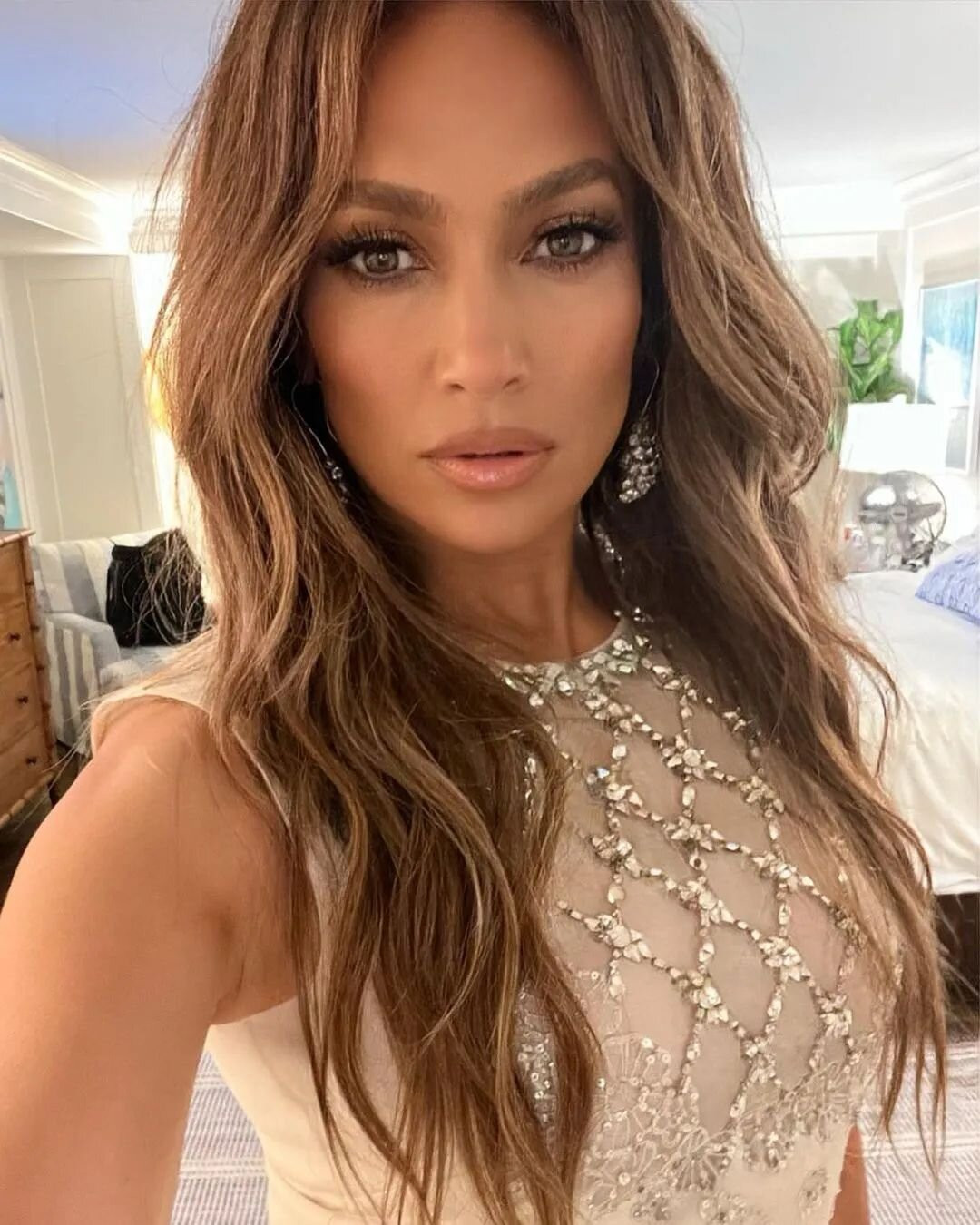
Instagram/ @jlo
However, choosing your preferred style doesn’t have to be daunting. Below, you’ll find everything you need to know about balayage vs. highlights, including their differences and which might be best for your hair. Armed with this knowledge, you can confidently visit your salon and leave with a color you adore.
What is Balayage?
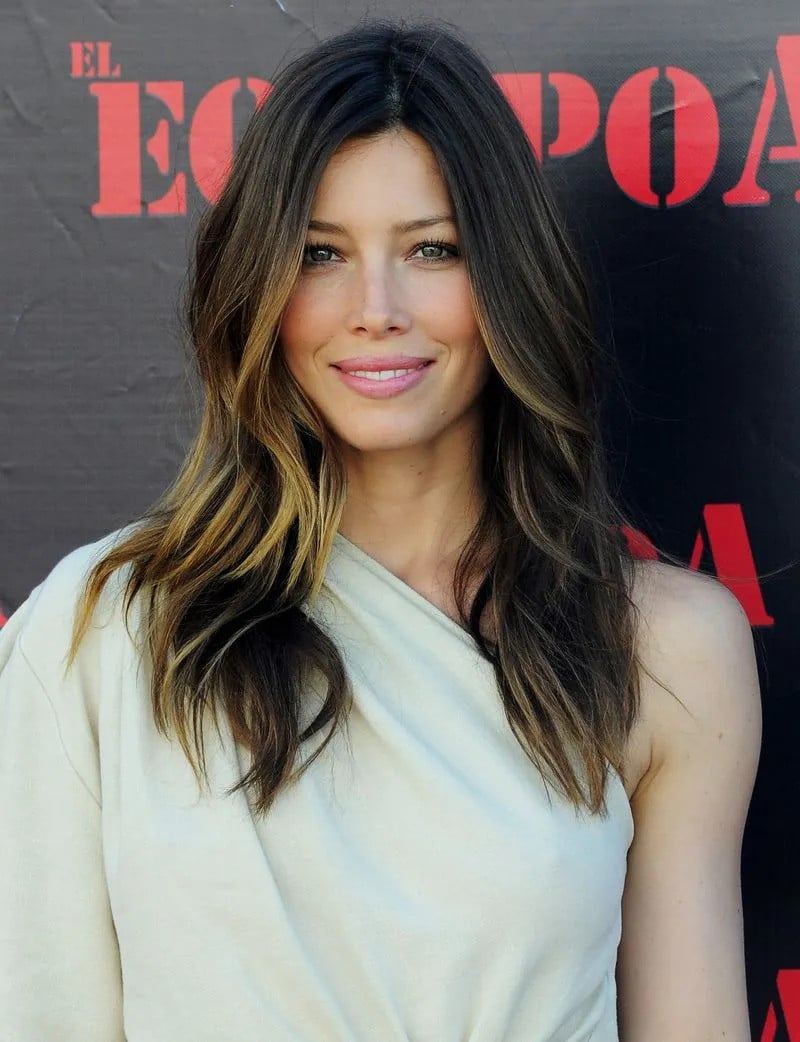
Image: Marie Claire Archive
Despite online chatter claiming balayage is “out,” the truth is far from it: countless celebrities and style icons still rave about the technique. So, what exactly is balayage? Balayage is a freehand hair coloring method where the dye is applied directly to the hair’s surface without the use of foils or caps. This creates a natural, sun-kissed appearance with less uniformity compared to traditional highlights. The term “balayage” is French for sweeping, which aptly describes how the color is applied: sweeping it onto the hair to achieve soft, blended transitions between lighter and darker sections. It’s ideal for those seeking a low-maintenance, natural-looking hair color.
What are Highlights?
When you think “highlights,” you might recall the chunky hair pieces of the early 2000s, but the style has significantly evolved. Highlights involve lightening specific sections of hair to create contrast with the base color, typically using foils or caps to isolate strands before applying a lightening agent. Highlights can vary in thickness, placement, and tone, ranging from subtle and natural to bold and dramatic.
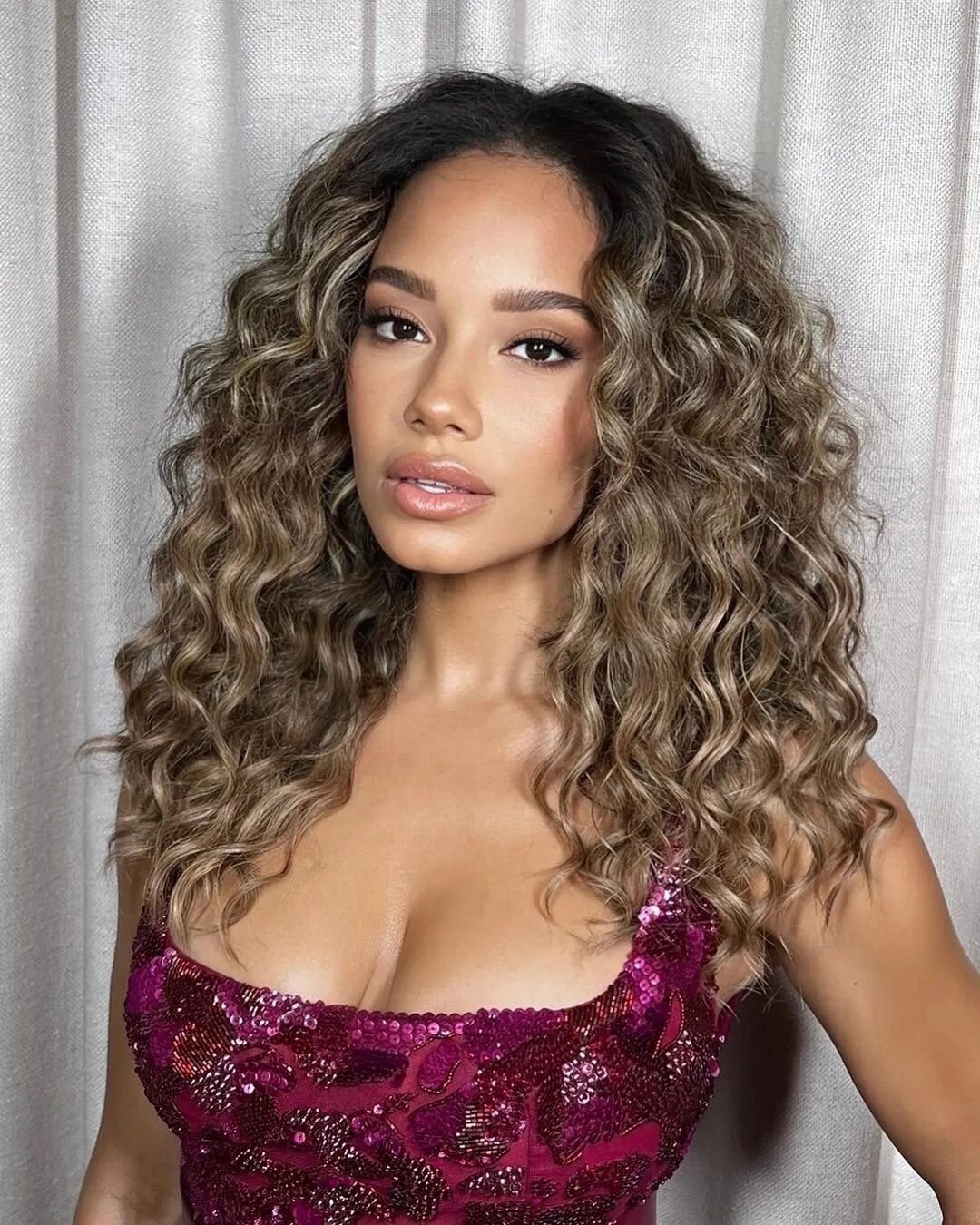
Instagram/ @hairbyruslan
They add dimension and depth to the hair, enhancing texture and giving the illusion of more volume. Contrary to popular belief, colorists still love highlights. With balayage dominating for so long, it’s refreshing to see a renewed interest in the precise results achievable with traditional highlighting techniques.
Balayage vs. Highlights: The Key Differences
The main difference between highlights and balayage lies in the application method: Highlights use foils to isolate sections of hair, while balayage is applied using an open-air technique.
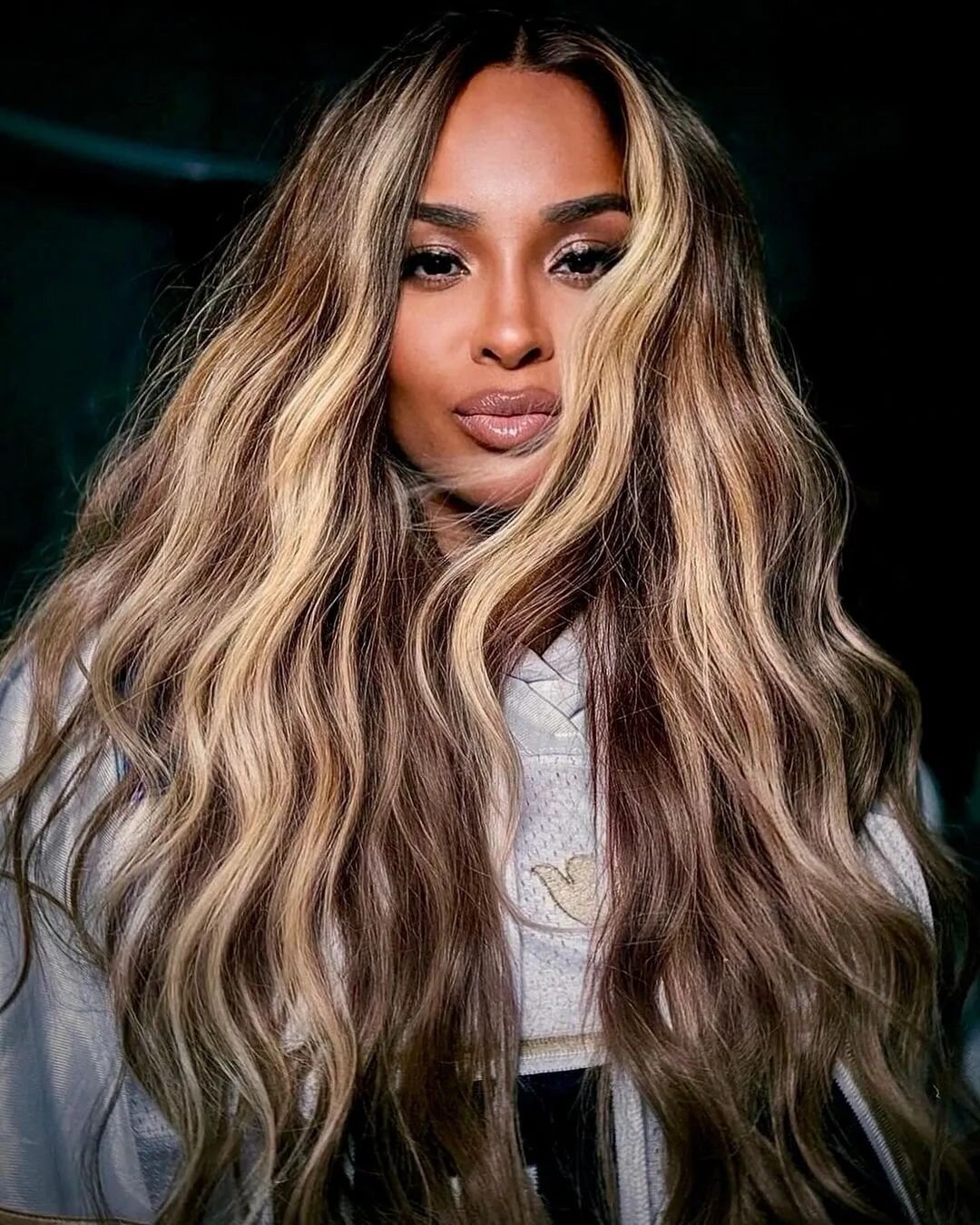
Instagram/ @dimitrishair
Additionally, each style grows out differently: Balayage fades gracefully as it lives in vertical spaces, whereas highlights grow out horizontally. Balayage is generally perfect for those seeking a lived-in, low-maintenance look.
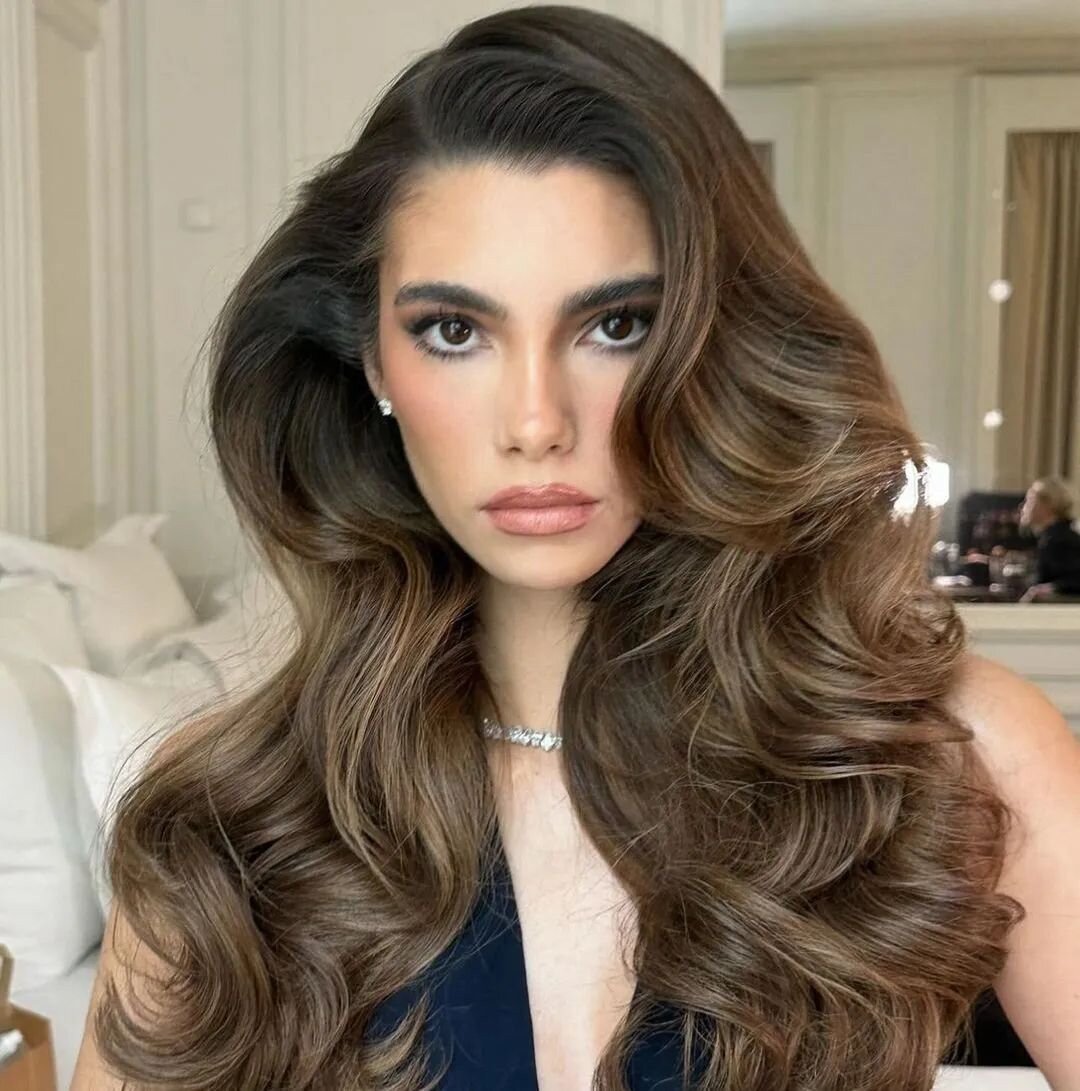
Instagram/ @leohairofficial
Highlights are better suited for clients desiring more pronounced lightness. Ultimately, the choice depends on your desired level of lightness and the final look you’re aiming for.
Balayage vs. Highlights: Which is Right for Me?
When deciding between balayage and highlights, consider your hair goals, texture, and density. If your hair density thins towards the ends, balayage or a combination technique might be ideal since highlights can create a brighter overall look more quickly but may require multiple sessions for full saturation.
Your choice may also depend on how much lightness you want and the overall look you desire. Remember, the lighter you go, the more maintenance it may require, and it can potentially cause more damage to your hair. To decide, think about your maintenance preferences, the look you want, and your existing hair color history—especially if you regularly box dye.
If you prefer a natural grow-out with fewer touch-ups, balayage is the way to go. However, if you desire a brighter, more uniform color or want a noticeable contrast between your base color and lighter sections, highlights are a great option. Sometimes, a combination of both techniques works wonderfully, offering dimension with pops of brightness.
The Best Candidates for Balayage
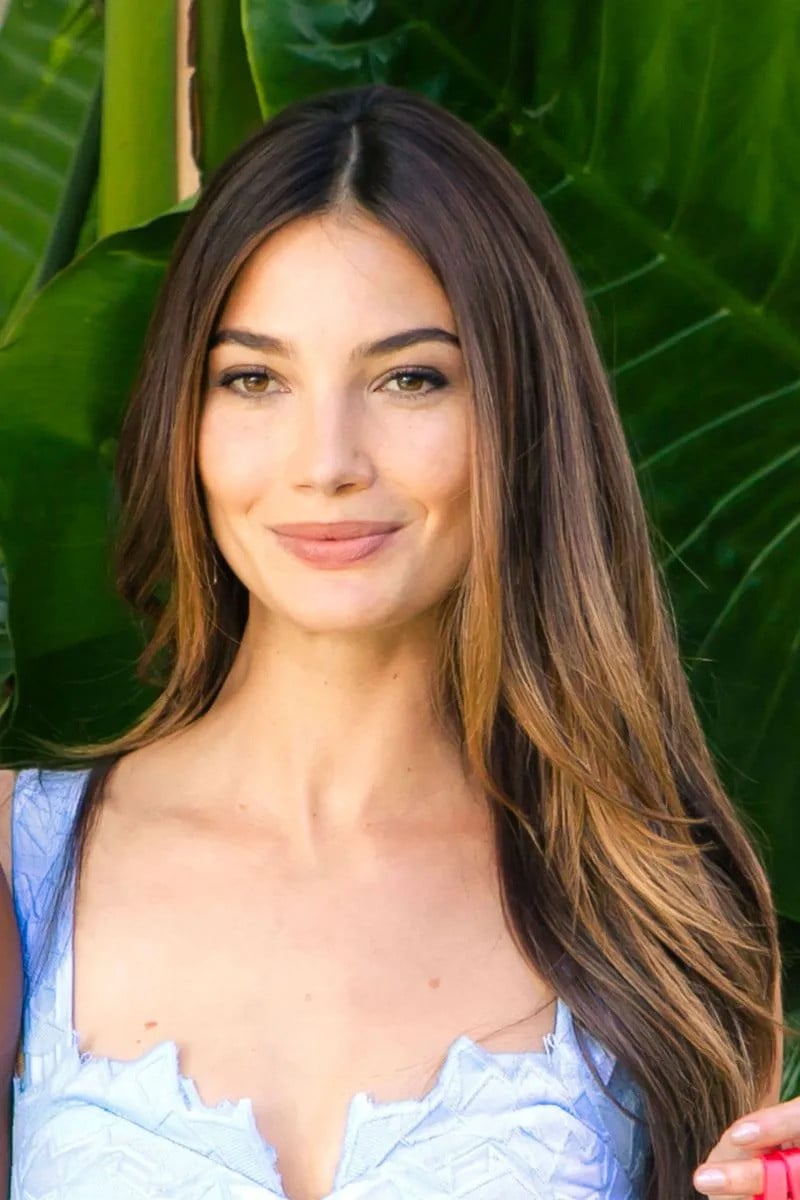
Image: Marie Claire Archive
Balayage suits almost all hair types but is especially flattering on medium to long hair, where the technique can truly shine with length. It’s perfect for those who want low-maintenance color, as the soft transitions mean you won’t need frequent touch-ups. Balayage is ideal for anyone looking for a natural, sun-kissed effect that grows out beautifully over time.
The Best Candidates for Highlights
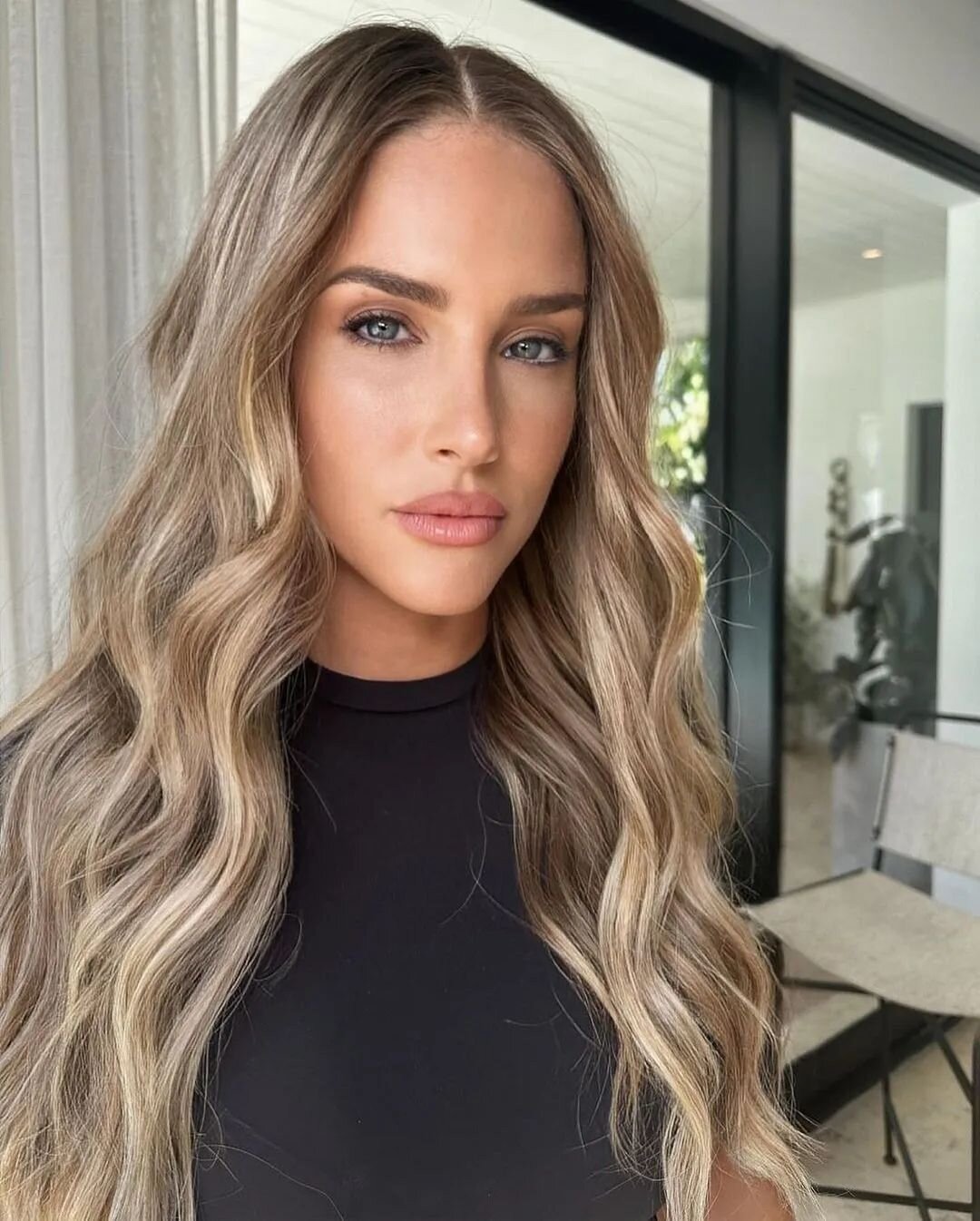
Instagram/ @ryanpearl23
Highlights are fantastic for anyone wanting to add dimension and brightness to their hair. This technique works well on all hair types but is particularly beneficial for those with shorter hair or those who prefer a more structured, uniform lightness throughout. If you like your color to stand out or aim for a high-contrast look, highlights are an excellent choice. They’re also great for breaking through previously dyed (dark) hair, as the foils can help lighten the color more effectively than balayage in certain cases, depending on the desired outcome.
Experts Recommend Professional Consultation
Hair care professionals universally advise consulting with your colorist to determine which technique will best suit your needs. A detailed consultation can help assess what aligns with your goals and is best suited for your lifestyle and maintenance commitment.
Maintaining Balayage and Highlights
While the application methods differ, maintaining balayage and highlights is quite similar. Proper home care is essential to preserve your color and protect your investment. For both techniques, using a sulfate-free shampoo and conditioner that are color-safe is always recommended. A popular product choice is L’Oréal Professionnel Metal Detox, which neutralizes metals in the hair from water exposure, resulting in stronger, shinier hair that’s easier to manage. For those with blonde or lighter highlights, a purple shampoo can help neutralize any unwanted brassiness, keeping your color fresh and vibrant.


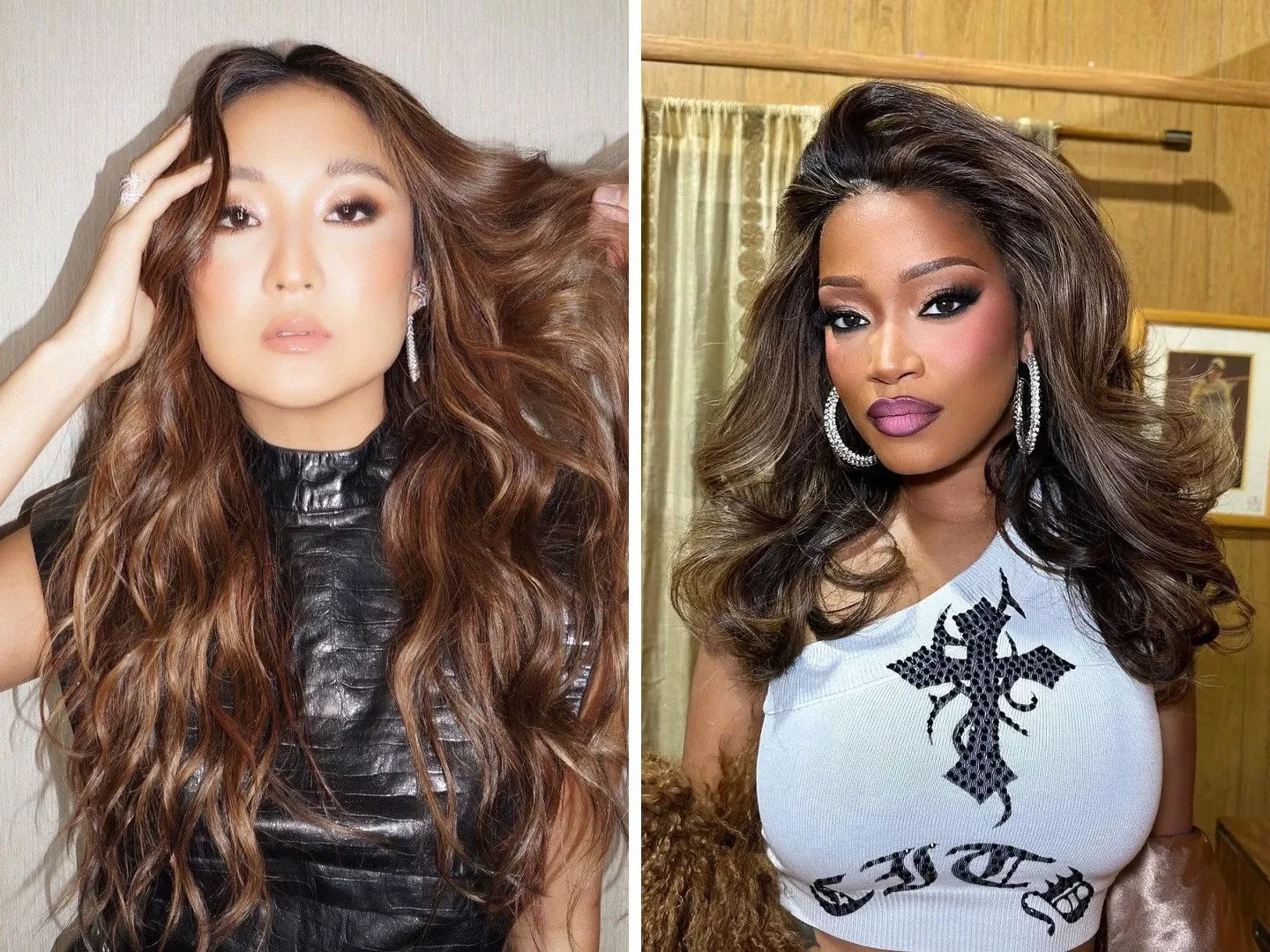
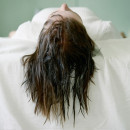
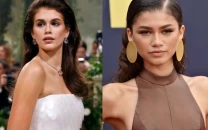

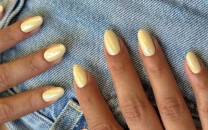
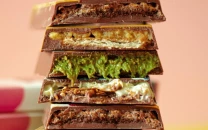

COMMENTS
Comments are moderated and generally will be posted if they are on-topic and not abusive.
For more information, please see our Comments FAQ